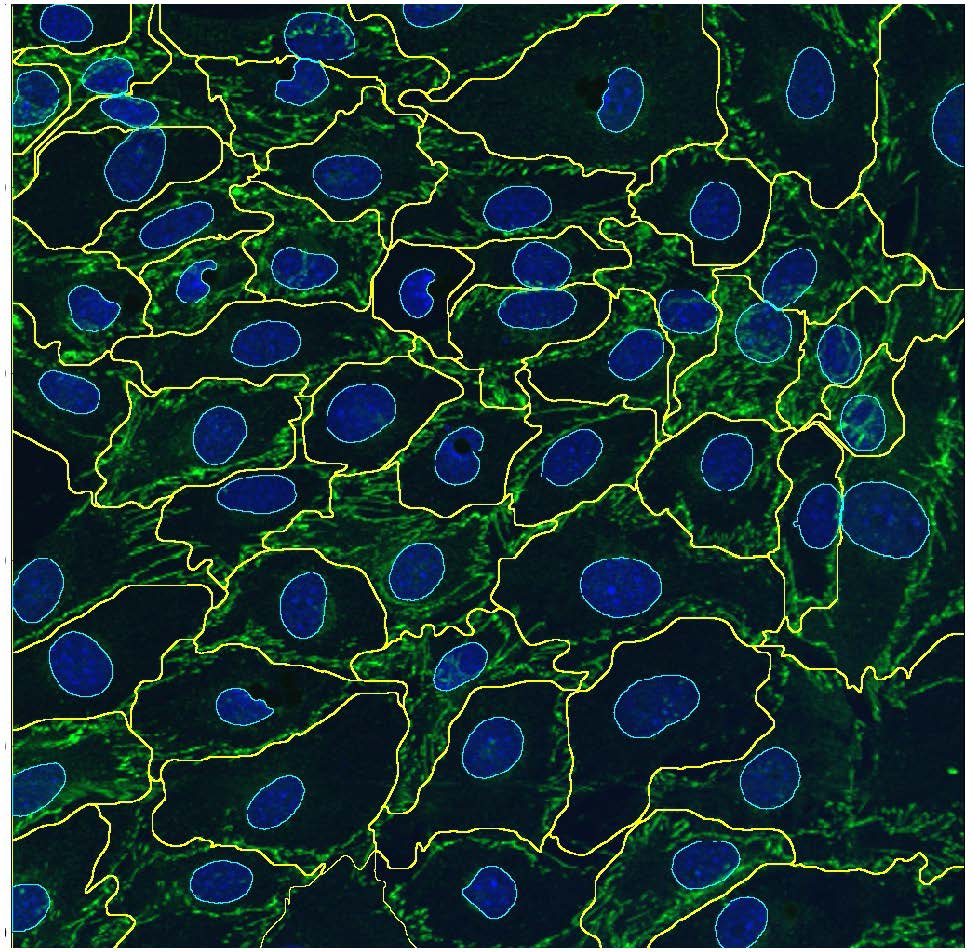Digital image analysis for scientific applications
April 4 @ 08:00 – May 9 @ 17:00 CEST

Language of instruction: English
Course period: 2023-04-11– 2023-05-09
Course structure: The course will be hybrid on site and via zoom to facilitate remote participation. For computer exercises we encourage on-site participation for best possible support, but will do our best to also support those participating remotely.
RECOMMENDED PREREQUISITES
The target group is PhD students from all subjects where digital image analysis (IA) is used as a research tool. No previous experience in IA is required from the course participants, but an interest in its potential as a tool in their own research is important. The course can be followed with a basic knowledge of mathematics (corresponding to upper‐ secondary level entry requirements) and basic computer skills.
LEARNING OUTCOMES
- explain fundamental notions of IA, such as digitization, image enhancement, segmentation, and feature extraction and classification;
- critically evaluate several different methods for image segmentation, compression, distance computation, frequency analysis, etc.
- use software to apply and evaluate algorithms for solving image analysis problems;
- analyze and plan the steps necessary to solve a realistic image analysis problem;
- give examples of applications in research and industry where image analysis is used.
LEARNING OUTCOMES FOR DOCTORAL DEGREE
The course participants will practice their ability to perform scientific analyses, find and test appropriate IA methods, and present and discuss their scientific results.
COURSE CONTENTS
The focus of the course is on reaching a broad understanding of IA and a basic understanding of the theory and algorithms behind the IA methods. The course starts with basic IA methods and computer exercises, including IA research methodology and IA research ethics. Modern techniques based on Artificial Intelligence will also be discussed in relation to the classical approaches.
INSTRUCTION
The pedagogical approach will combine traditional lectures, examples of real life applications and hands-on exercises. We also use a flipped classroom approach based on our pre-recorded course material which enables participants to prepare for discussions and exercises.
ASSESSMENT
The examination will be divided into two parts:
- completed four computer exercises, which enable the course participants to both get familiar with the interfaces of common software and to solve realistic image processing problems,
- a written exam
Completed exercises and passing written exam gives 5hp.
COURSE EXAMINER
Carolina Wählby, carolina.wahlby@it.uu.se together with other seniors involved in the BioImage Informatics Unit of SciLifeLab (https://www.scilifelab.se/units/bioimage-informatics/), the Image analysis node of the National Microscopy Infrastructure (http://www.nmisweden.se/), and the Centre for Image Analysis (https://www.cb.uu.se/) hosted at the Dept. of Information Technology.
DEPARTMENT WITH MAIN RESPONSIBILITY
Dept. of Information Technology
CONTACT PERSON/S
Carolina Wählby, carolina.wahlby@it.uu.se
APPLICATION
Submit the application for admission to: carolina.wahlby@it.uu.se
Submit the application not later than: March 25, 2023